Global Distribution ERP: Around the World In Eighty Hours
Jules Verne wrote about Phileas Fogg’s 1872 trip and it was a fantasy at that time. In today’s world of global distribution ERP this is a turtle’s pace. Communications can travel around the world in 80 milliseconds. The goods we manage might need to ship in something closer to 80 hours or even faster today. Even at the slowest pace in a container ship we can ship much faster than eighty days. Our distribution ERP systems manage the speed and support our businesses every day.
It’s a Small World
This does not suggest distribution is an easy business. That container moved across China on a train. It was moved to a truck and taken to the seaport. After a couple of moves on a straddle crane it was loaded on a ship. A week later it was unloaded at Long Beach and moved to a distribution point on one train, and transferred to another train. A thousand miles later a truck carried it to a distribution center where some of the cargo moved to warehouse shelves and more of the cargo moved straight to another truck for delivery to a store. Hours later after checking in to the store it was unpackaged and moved to a store shelf where merchandisers kept it looking good until someone picked it up and moved it to their shopping cart.
Along this journey our product crossed a dozen time zones, three different countries, and a lot of governmental and logistical checkpoints not to mention several different businesses that had control of the shipment at different times. The precise location was tracked minute by minute. The factory at one end could know the condition of the shipment and the store at the other end could know when to plan to place this product on the right shelf for a quick sale. The person who bought it could anticipate finding exactly what they wanted when they arrived at the store. All because a global distribution ERP system has been implemented properly.
Along this journey our product crossed a dozen time zones, three different countries, and a lot of governmental and logistical checkpoints
ERP systems at the manufacturer, the retailer, the distribution center, and many of the carriers all shared information. Beyond all the inventory transactions, each one can issue billings and pay for services and collect from the other parties. All these ERP systems also create necessary reports for customs and taxation and other governmental needs.
Next time you are at Disneyland and “it’s a small world” gets stuck in your head; remember there are meanings of this phrase beyond the imagination of the Walt Disney Company.
Free white paper
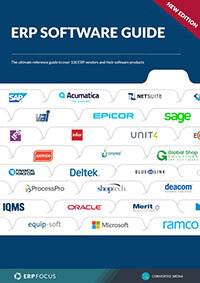
ERP Software Guide
A 70 page guide covering over 100 different software products
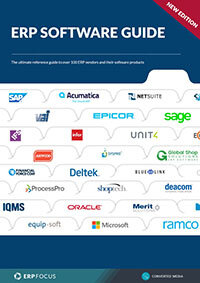
Featured white papers
-
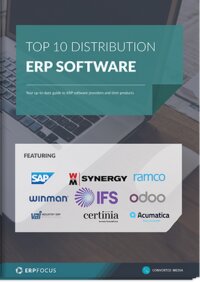
Top 10 Distribution Software Comparison
Compare the best distribution ERP systems available today
Download -
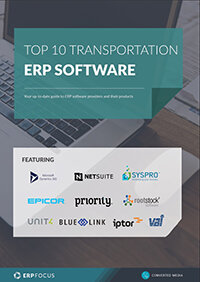
Top 10 Transportation ERP Software Comparison
Get your free comparison of the top 10 transportation ERPs
Download -
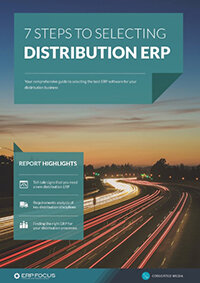
7 steps to selecting distribution ERP
Get expert advice on distribution ERP selection and requirements analysis
Download
Related articles
-

ERP for Food Distributors: Key Functionality
In a modern world where products are tailored to consumers, why should ERP for food distributors ...
-

CMMC Compliance: What Aerospace and Defense Manufacturers Need to Know
Key insights on CMMC compliance, deadlines, and securing DoD contracts with CMMC 2.0 certificatio...
-
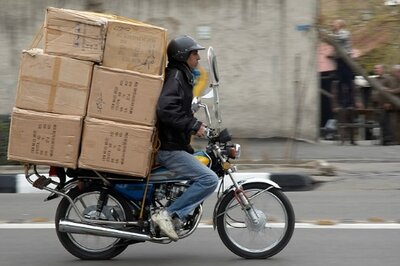
ERP & Logistics: Optimizing the Supply Chain
Read about the steps you can take to optimize your supply chain through ERP software logistics ma...

